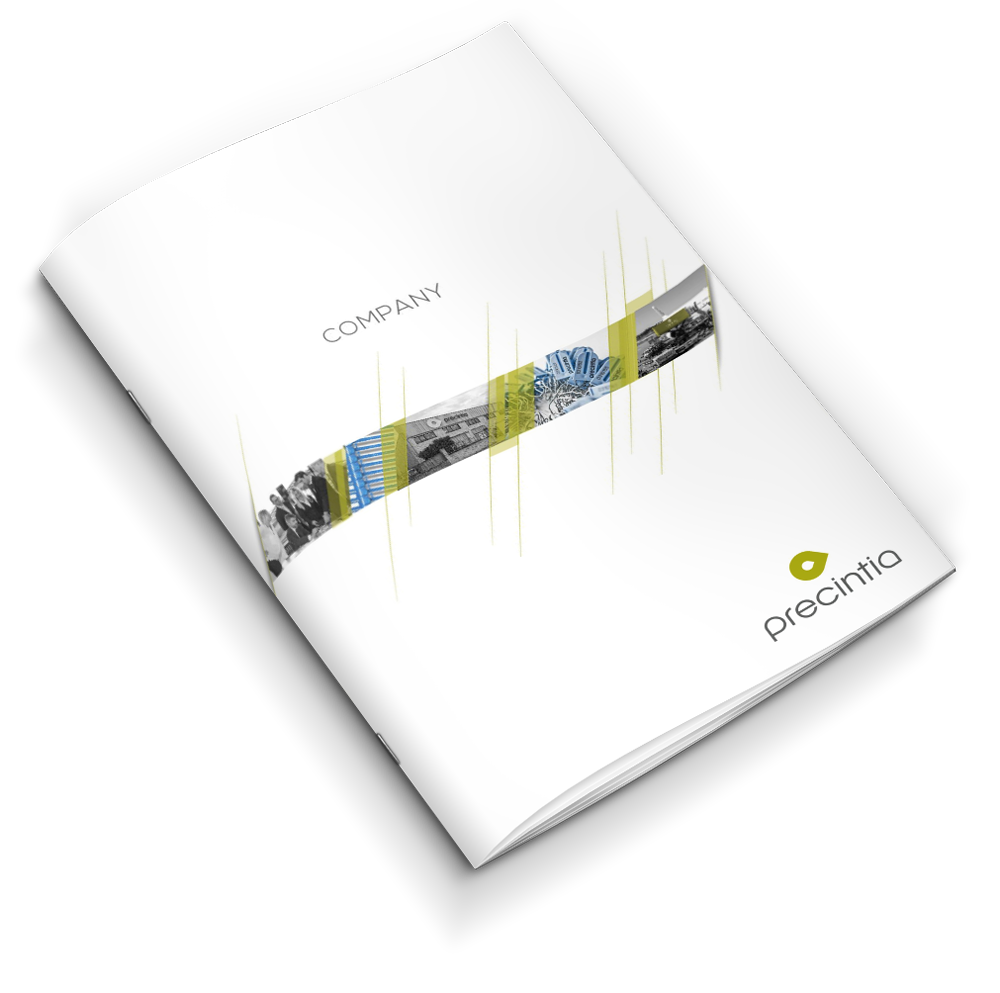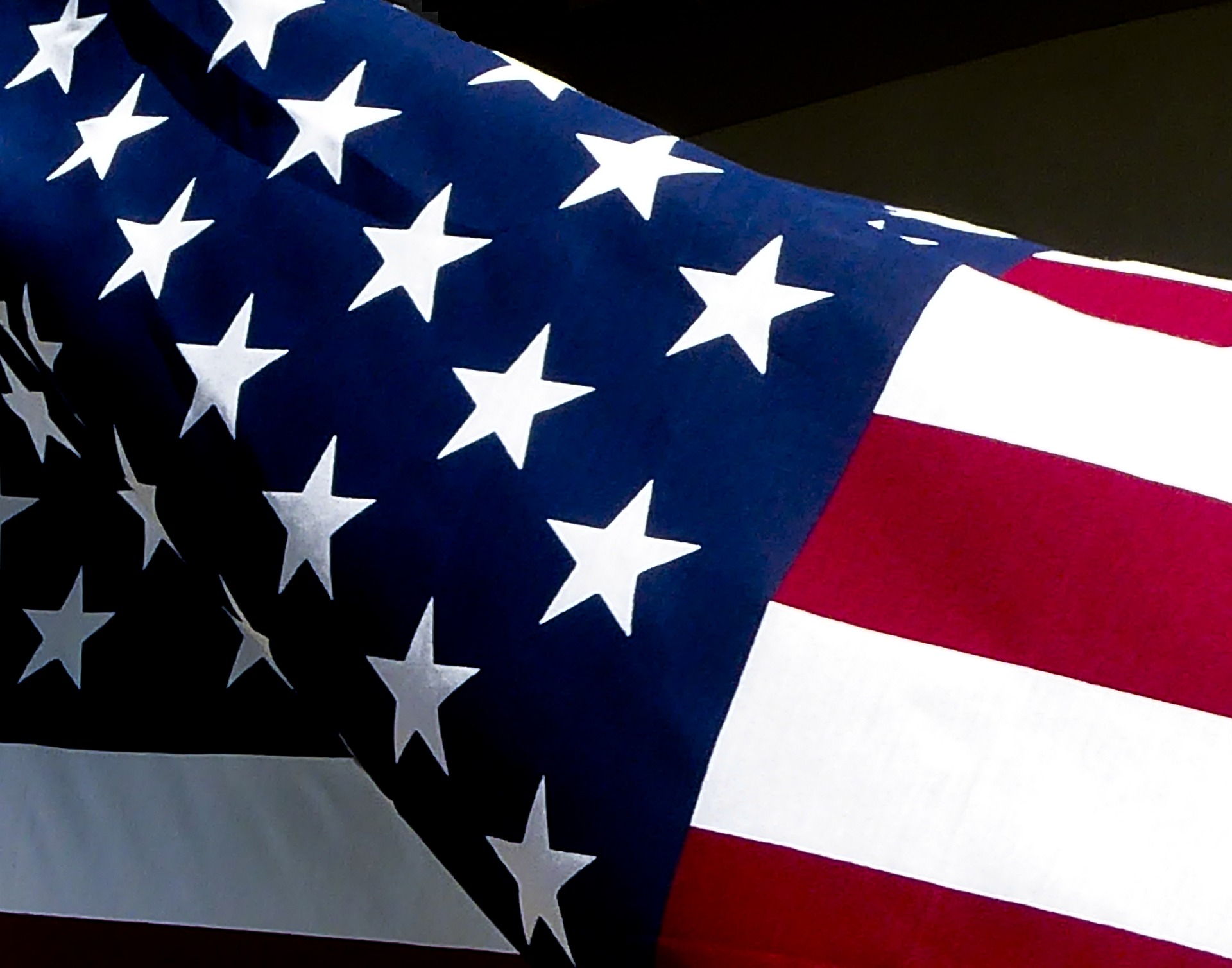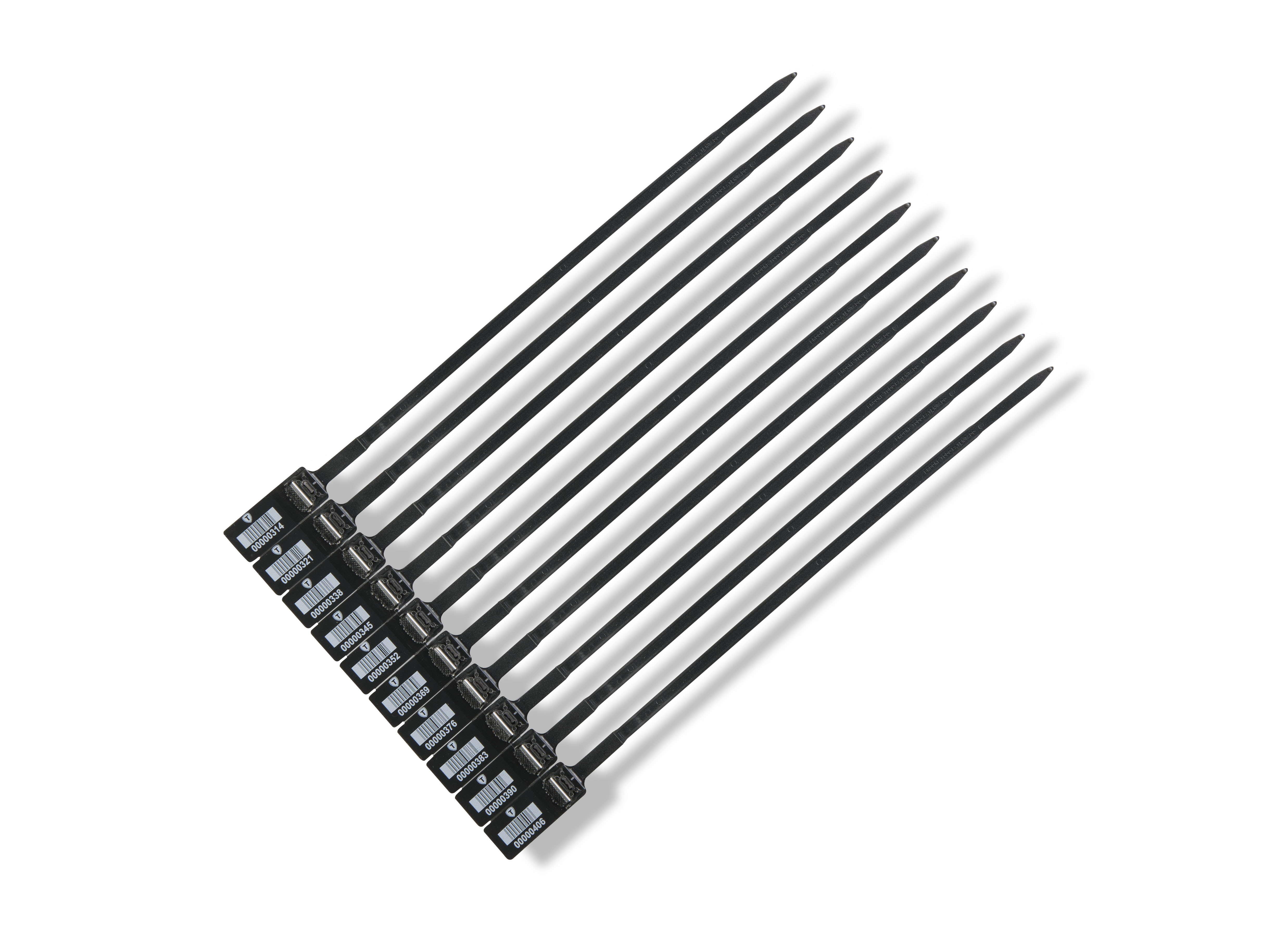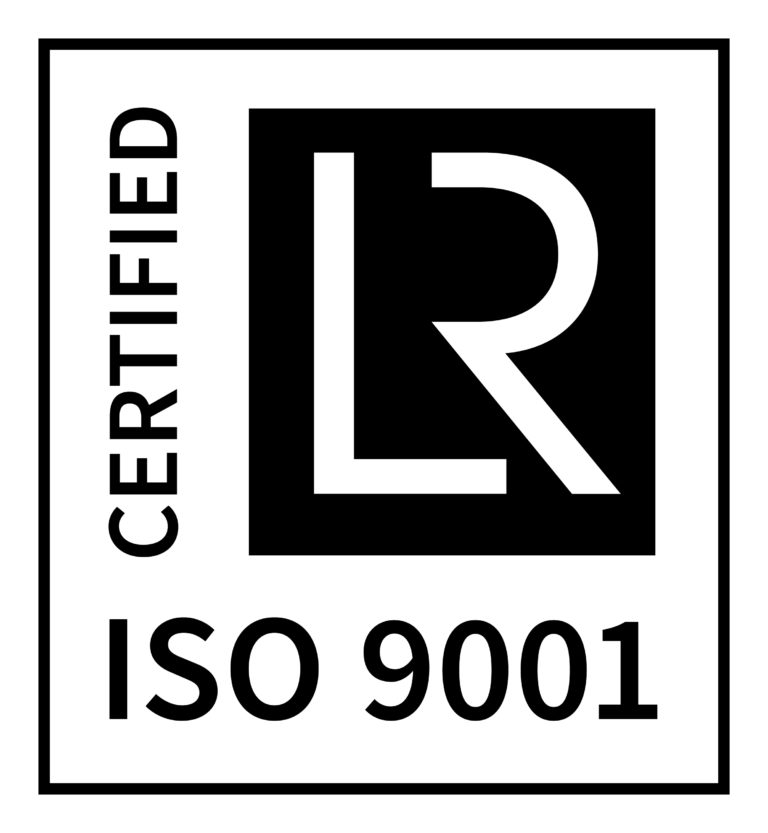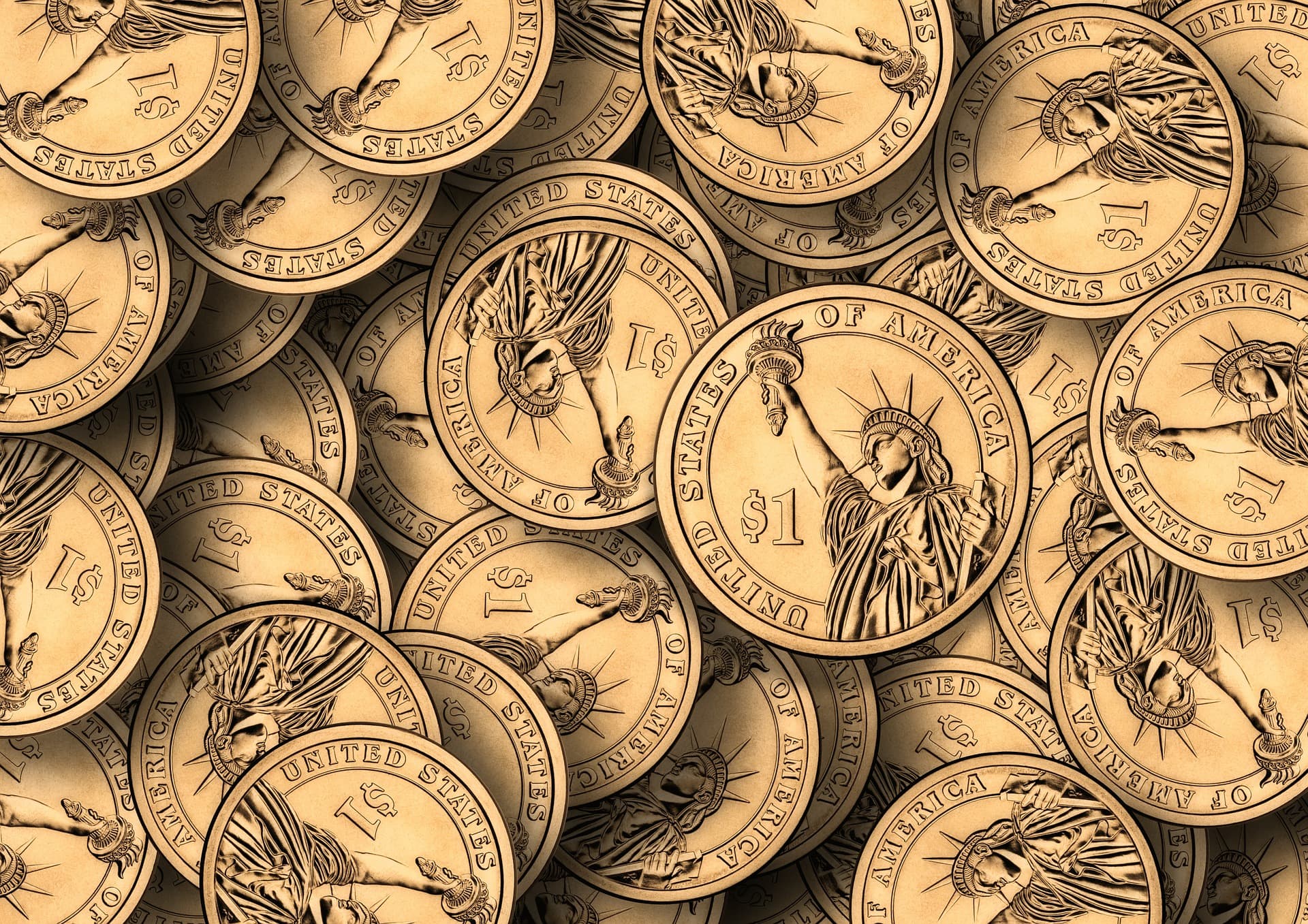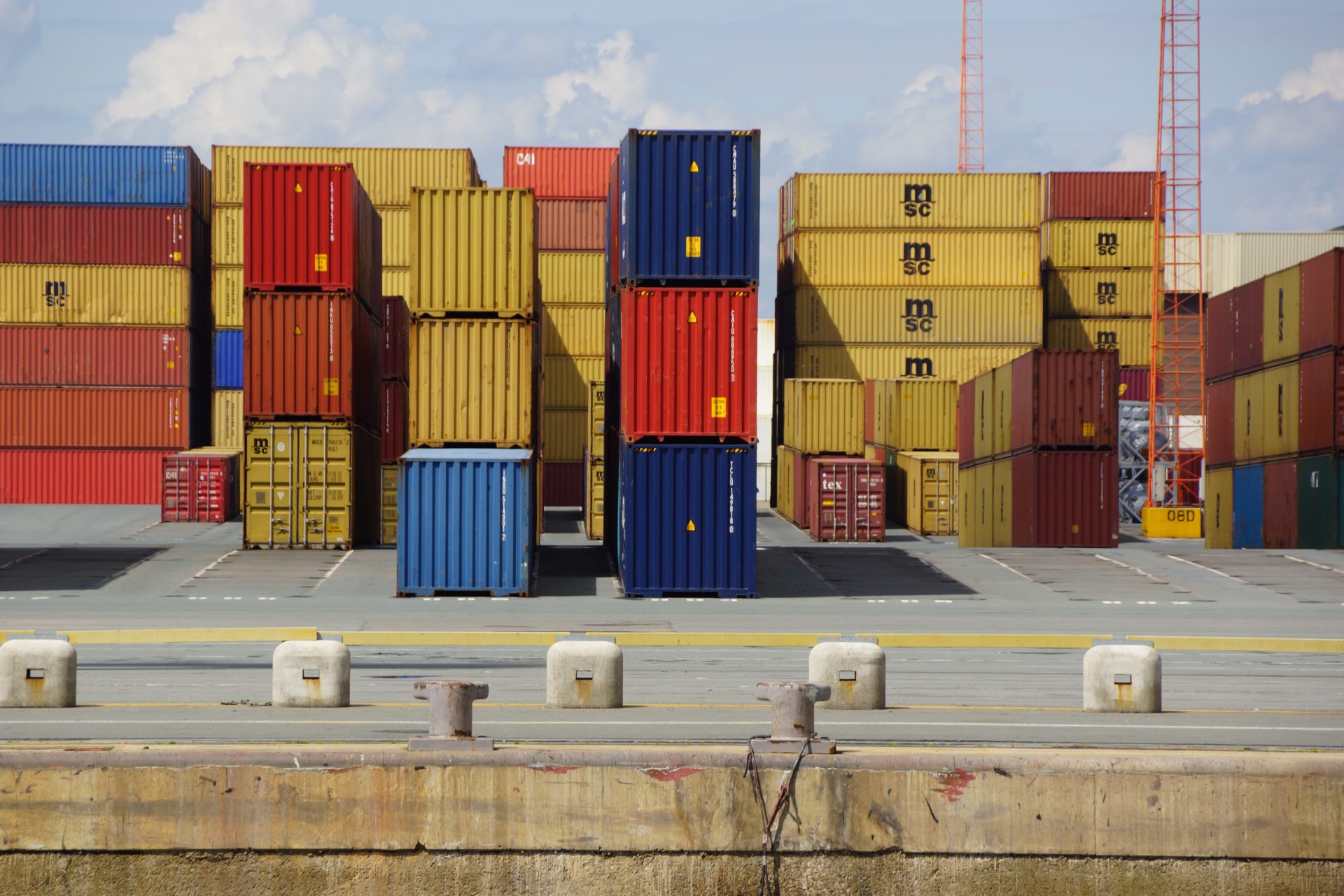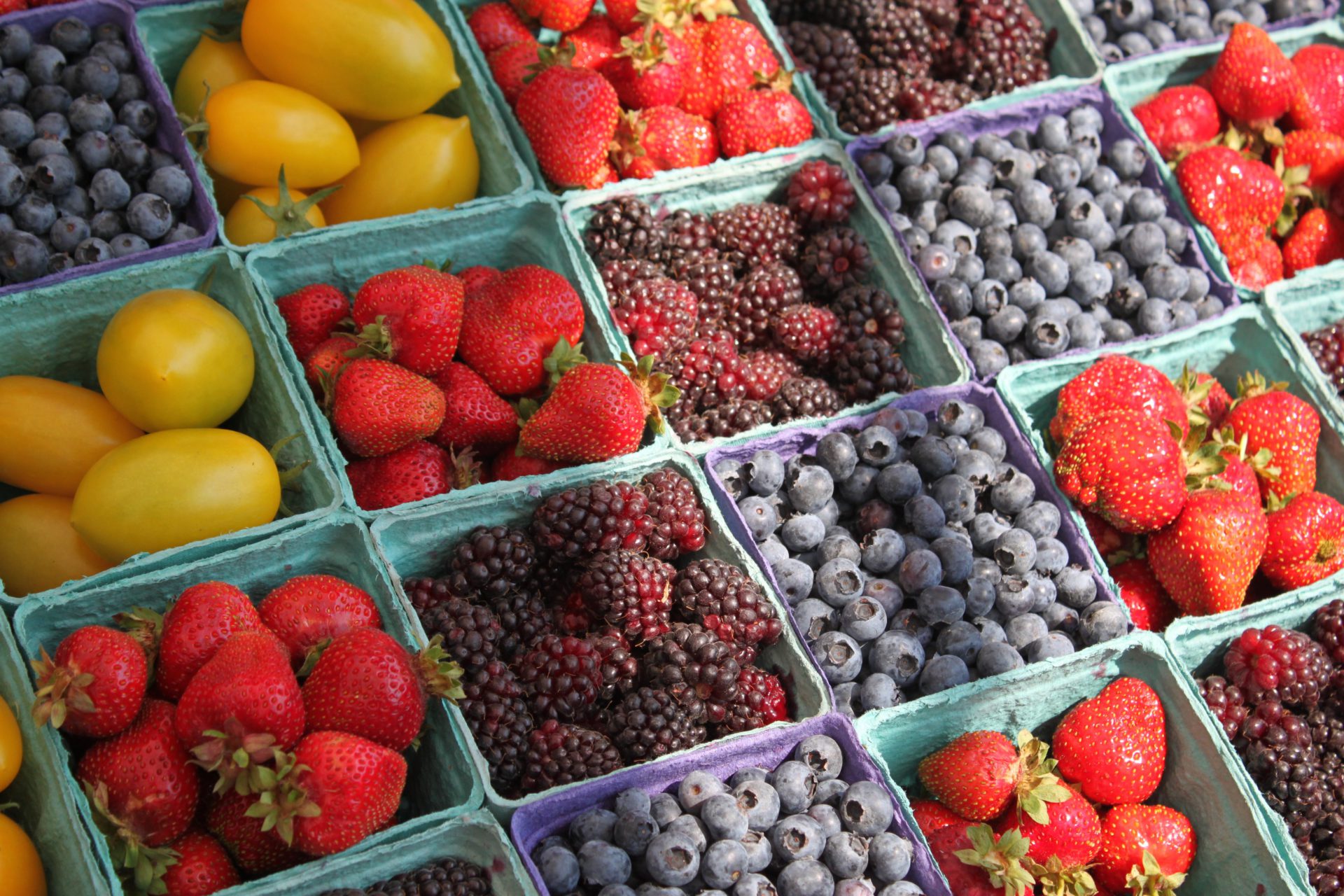This website uses cookies so that we can provide you with the best user experience possible. Cookie information is stored in your browser and performs functions such as recognising you when you return to our website and helping our team to understand which sections of the website you find most interesting and useful.
Blog
Numbered security seals: marking options
Identifying information is part of the security seals’ raison d’être. Not for nothing: their purpose is to identify and show at all times the key information of the products they accompany. This information could be a number, a barcode or it could be related to the product’s traceability in terms of expiry dates or lots. What customization options are available for numbered security seals? Let’s look at the main ones.
1. Thermal printing for numbered security seals
Within the category of thermal printing of numbered security seals there are several subtypes:
1. Thermal printing
Thermal printing is a form of marking that consists of printing information using heat. This technique can be used on a wide variety of surfaces, including different types of plastics like those used in security seals (polythene, nylon…). Heat is emitted onto an engraving covered with a film of paint in the colour you want to print in.
The advantages of thermal printing for numbered security seals are:
- The speed of manufacture.
- Possibility of double-sided printing on the flag of the seal.
- Wide variety of colours to print.
- Logos and numbers can be printed, although the limitation of this technique is that it does not allow barcode printing.
2. Laser and thermal printing
This variant solves the limitation of the one described above, since it allows barcode printing by combining techniques such as laser and thermal printing. It permits double-sided printing on any seal colour. There are two variants: marking and deep printing. Double-sided application is possible.
2. Digital thermal printing
Their features are:
- In this case, the logo bracket is not necessary to apply the marking. The digital technology allows a greater printing resolution.
- It has greater versatility when it comes to printing: it makes it possible to print logos, barcodes, numbers…
- In addition, once the printing is done, you can write on it with a ballpoint pen (logos and stripes) or with a permanent marker (barcode and stripes).
- The limitation is that you can only print on one side.
3. Marking numbered seals with injected ink
Injected ink is the best-known printing format. It is traditionally the most used, since it is very reasonably priced, although it has lower resolution than the printing techniques mentioned previously. For example, it allows barcode marking, although they are lower quality to read.
On the other hand, not all seals can accept it and, if you want to add a logo, it needs to be very simple. Otherwise, it is not the most recommendable marking option.
4. Pressure
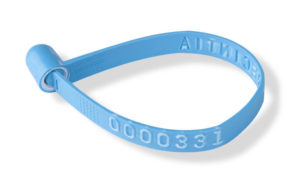
5. Mould engraving
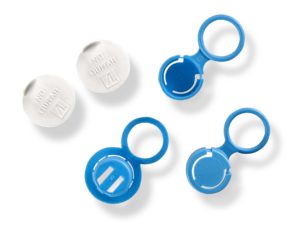
The customization options for numbered security seals are varied and their choice will depend on aspects such as the conditions of application of the seal (temperature, contact with chemicals), the type of product it accompanies, the sealing time, among other factors. If you have any questions, do not hesitate to contact us: we will be happy to find the solution that best suits your needs.
